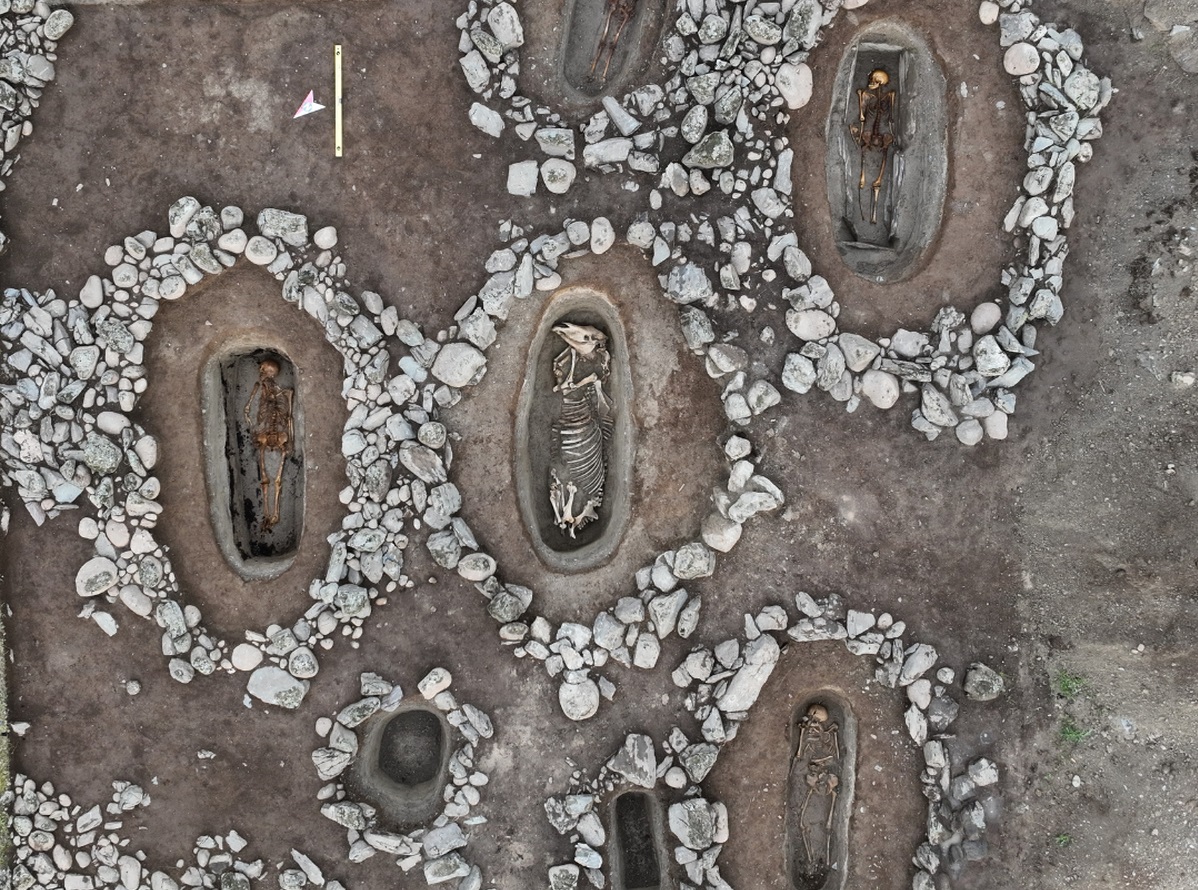Archaeologists from the Margulan Institute of Archaeology, a department of the Ministry of Science and Higher Education of the Republic of Kazakhstan, have discovered 13 pit tombs in the East Kazakhstan region.
The Xianbei were an ancient nomadic people who inhabited the eastern Eurasian steppes in what is now parts of Mongolia, Inner Mongolia, and Northeastern China.
According to the Book of the Later Han, the Xianbei were a splinter group of the Donghu “Eastern Barbarians”, who joined the Wuhuan and Xiongnu in raiding Han territory.
The Xianbei’s economy was primarily based on animal husbandry and supplemented by agricultural activities. They were pioneers in establishing the khanate system, which led to the deepening of social class divisions and advancements in literacy, arts, and culture.
During the 2024 field season, archaeologists from the Margulan Institute of Archaeology have discovered 13 Xianbei tombs in the Tautekeli area of the Katon-Karagay district of Kazakhstan.

The tombs date from the early 1st millennium AD and consist of stone enclosures with a central burial pit. Each pit measures around 1 metre in depth and contains a single adult burial, some of which are covered with the skeletal remains of a horse.
Archaeologists also found funerary offerings consisting of ceramic fragments, cowrie shells, and beads made of semi-precious stones.
According to the Margulan Institute of Archaeology: “The Xianbei played a key role in the formation and development of ethnocultural processes in Central Asia after the fall of the Hunnic Empire. Their influence was reflected in various aspects of the cultural and political development of the region’s nomadic communities, including the formation of new state formations, the development of military traditions, and social and economic structures.”
Header Image Credit : Margulan Institute of Archaeology
Sources : Margulan Institute of Archaeology







